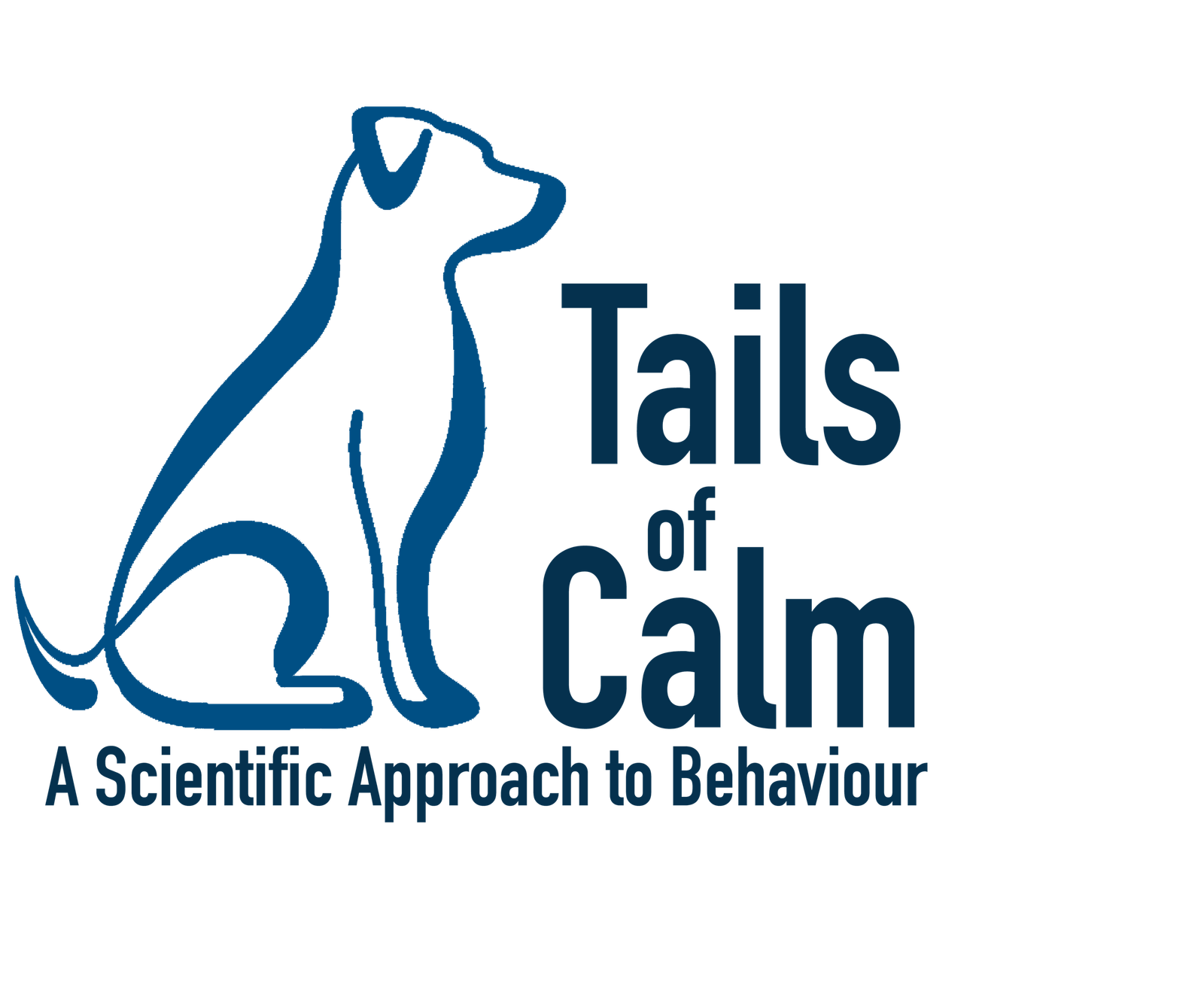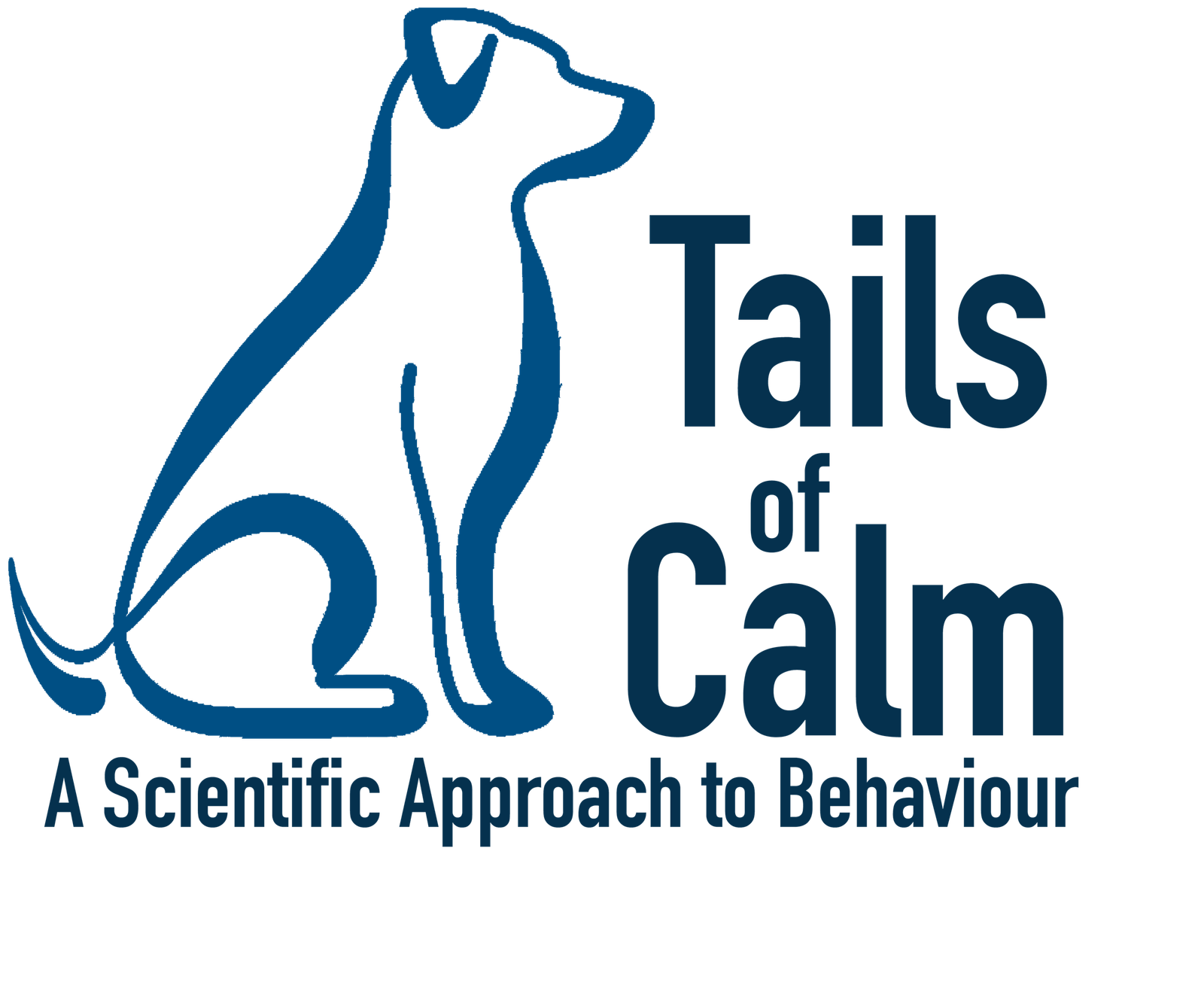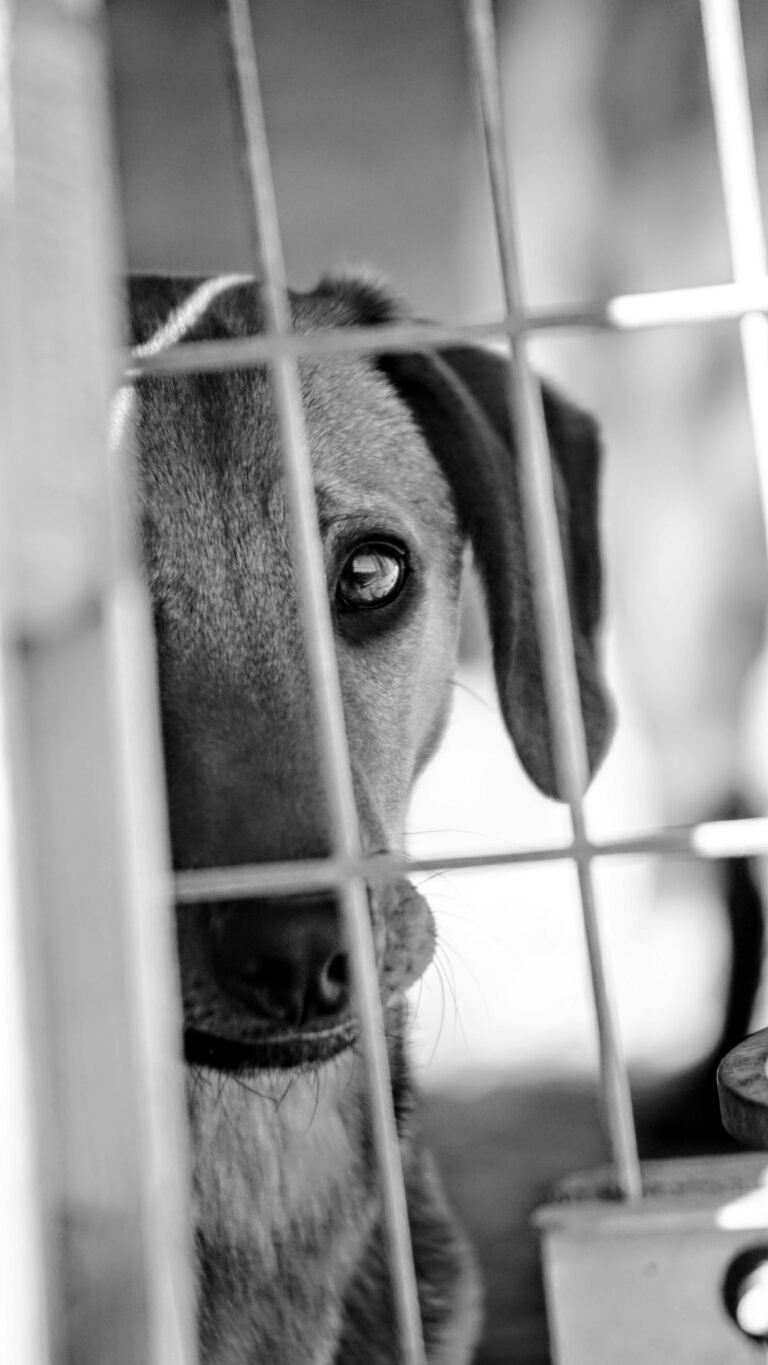Fostering Competence over Compliance
Why Cooperation and Trust, Autonomy and Reliability should replace control and Obedience
K Miri
The Compliance Framework is a command-based dog-handling methodology that strictly relies on and prioritizes obedience. Within the Compliance Framework, an authoritarian, referred to as a handler, makes demands and expects them to be followed, disregarding the animal’s psychological state and communication cues expressed through body language. The premise that a well-trained dog is one that obeys immediately and without question is the central component of this approach, depleting the animal’s autonomy in pursuit of control. Variation from the accepted behaviour is labelled as misbehaviour through disobedience and addressed using some of the most misinterpreted characteristics of the hierarchical social order in wolves. Consequently, the method often relies on aversive punishment, frequently in the form of corrections, and is intended to suppress species-typical behaviours.
The Competence Framework prioritizes and fully respects the animal’s emotional state, interpreting body language as the most critical component of communication. Within this framework, the individual working with the animal is referred to as their guardian, who is ready and willing to observe, acknowledge, and respect any signals of discomfort, anxiety, fear, and other emotions. Rather than taking blind steps to “fix” the animal or the behaviour through strict enforcement of compliance, the guardian assesses the situation to identify the root cause of the behaviour. A management strategy is immediately implemented to prevent distress, reduce the risk of anxiety and fear, and ensure the safety of all involved. The guardian takes all necessary measures to prevent recurrence until the underlying issue is addressed. Throughout this process, the animal is given opportunities to desensitize, develop positive associations, and, when appropriate, acquire new behaviours—all while its communication cues are continuously acknowledged and respected.
In this article, we will do a comparative evaluation of the Compliance versus Competence framework examining the associated psychological risks, advantages and limitations of both methods.
Related Videos
Control-Based Obedience in Practice
A dog exhibits visible signs of distress when their guardian flies a toy drone nearby—ears pinned back, tense body posture, lip licking, and barks and attempts to move away.
The Compliance Framework:
The handler issues a “down” command, expecting immediate compliance.
- The dog hesitates, still focused on the distressing drone.
- The handler perceives this hesitation as disobedience rather than a response to fear.
- In response, the handler yanks the leash hard as a correction, punishing the lack of compliance.
- The dog, now experiencing both fear of the drone and discomfort from the correction, submits by lying down but remains tense, frozen, and overwhelmed, the dog sits.
Key Features of Control-Based Obedience in This Example:
Compliance over emotional state – The dog is expected to obey despite being in distress.
Punishment for noncompliance – The leash correction is used to enforce submission rather than addressing fear.
Suppression of natural response – The dog’s instinct to move away from a perceived threat is forcibly overridden.
Lack of learning – The dog has not learned that the drone is safe, only that failure to comply results in correction.
This handling method does not resolve the dog’s fear—instead, it forces outward obedience while ignoring the emotional and psychological impact of the situation.
Loss of trust – Dog loses confidence in handler to keep the it safe
The Competence Framework:
The guardian observes the dog’s body language and emotional state, recognizing signs of distress caused by the drone.
The guardian assesses the situation, acknowledging that the dog’s hesitation is a response to fear rather than disobedience.
The environment is managed to provide distance and safety, reducing immediate stress and preventing escalation.
The guardian allows the dog to self-regulate, choosing whether to observe the drone from a safe distance or disengage entirely.
The dog is guided through desensitization and counterconditioning, learning over time that the drone is not a threat.
Positive reinforcement is used to build confidence, pairing gradual exposure to the drone with rewards in a process called desensitization and counterconditioning, ensuring the dog forms positive associations.
Alternative behaviours, such as a voluntary “settle” or orienting to the handler, are reinforced to encourage active engagement rather than passive submission.
Key Features of the Competence Framework in This Example:
Emotional state prioritized – The dog’s fear is acknowledged, not dismissed as disobedience.
Fear addressed, not punished – The dog is supported in processing the situation rather than corrected for a natural response.
Respect for natural coping mechanisms – The dog is given space and the ability to communicate discomfort.
Learning and confidence-building – Instead of forced obedience, the dog learns to feel safe around the drone through positive experiences.
Long-term reliability – The dog develops trust in its handler, making future exposures to similar stimuli less stressful and more manageable.
Rather than suppressing behaviour for immediate compliance, the Competence Framework ensures the dog learns in a way that fosters confidence, resilience, and voluntary cooperation.






